Optimal Timing for Siding Services
Siding service is a key aspect of maintaining the exterior of a building, providing protection against weather elements and enhancing curb appeal. Optimal timing for siding work depends on climate conditions, temperature ranges, and the type of siding material used. Proper scheduling ensures the durability and longevity of the siding installation or repairs.
Spring offers moderate temperatures ideal for siding installation, reducing the risk of material warping or cracking.
Summer provides longer daylight hours, but high temperatures can affect some siding materials and adhesives.
Fall presents cooler weather and less humidity, making it suitable for siding projects before winter.
Winter is typically less ideal due to cold temperatures and potential for snow, which can hinder installation processes.

Spring's moderate weather supports effective siding work, ensuring quality results.
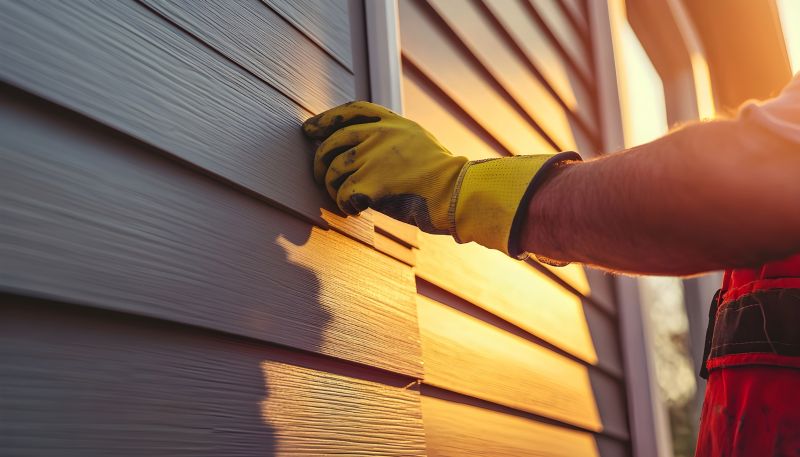
Summer offers extended daylight, but requires careful scheduling to avoid heat-related issues.

Fall's cooler temperatures facilitate efficient siding repairs and installations.
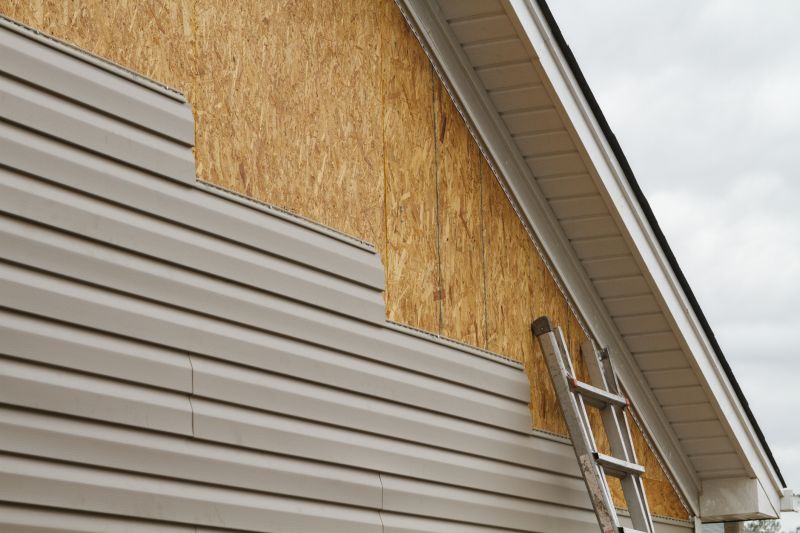
Winter's cold and snow can delay siding projects and impact material performance.
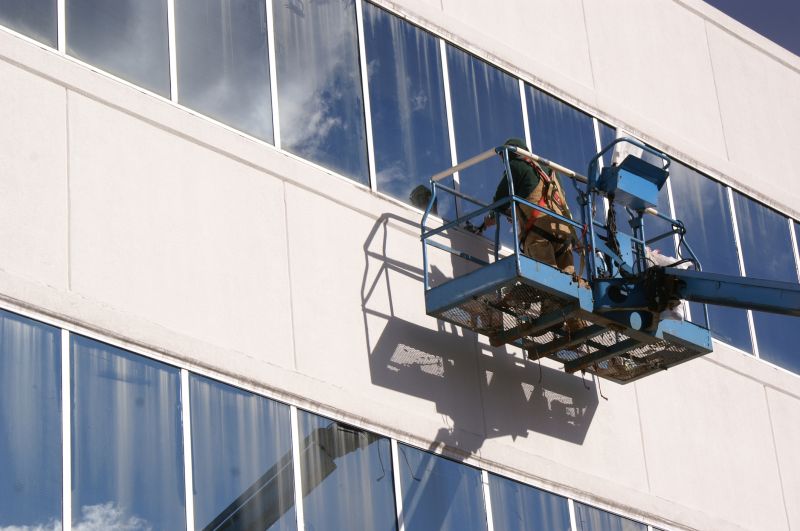
Monitoring weather forecasts helps determine the best window for siding work.
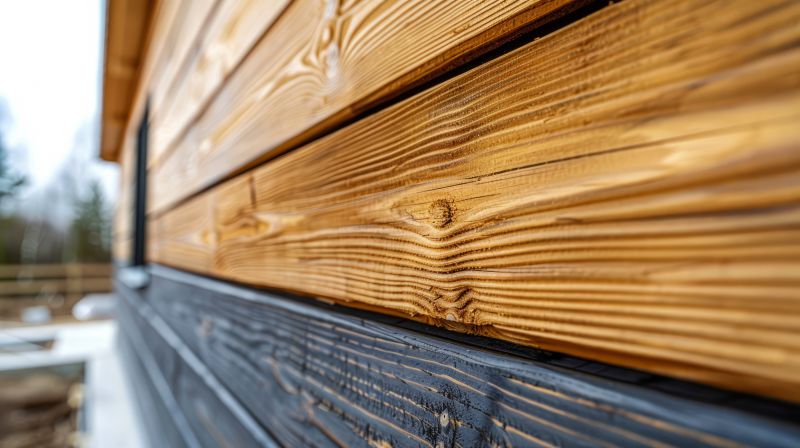
Different siding materials have specific temperature tolerances influencing timing.
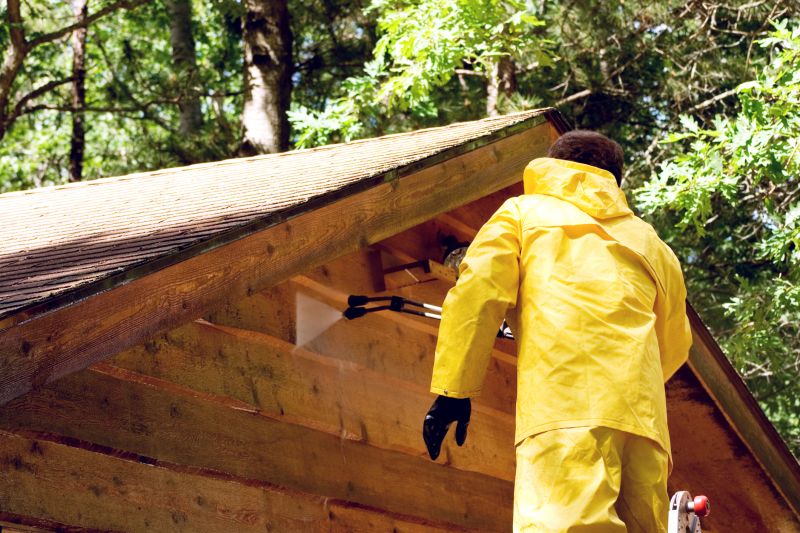
Proper planning minimizes weather-related disruptions during siding projects.

Flexible scheduling can accommodate ideal weather conditions for siding service.

Ways to make Siding Service work in tight or awkward layouts.
| Season | Ideal Conditions |
|---|---|
| Spring | Temperatures between 50-70°F, low humidity, no rain |
| Summer | Temperatures between 70-85°F, dry weather, early morning or late afternoon work |
| Fall | Cooler temperatures, low humidity, no rain |
| Winter | Temperatures above freezing, dry days, minimal snow |
Siding services encompass a range of activities including installation, repair, and replacement of exterior siding materials. Proper timing is crucial for ensuring the effectiveness and durability of these services. Seasonal considerations, weather patterns, and material specifications all influence the optimal scheduling of siding work. For example, installing siding during periods of stable, mild weather helps prevent issues such as warping, cracking, or incomplete adhesion.
Statistics indicate that siding projects completed in favorable weather conditions tend to have a longer lifespan and require fewer repairs over time. Planning siding service during the right season can also lead to cost savings by avoiding delays and weather-related damages. Awareness of local climate patterns in Frisco, TX, can assist in choosing the most suitable time for siding activities, ensuring quality results and long-term performance.
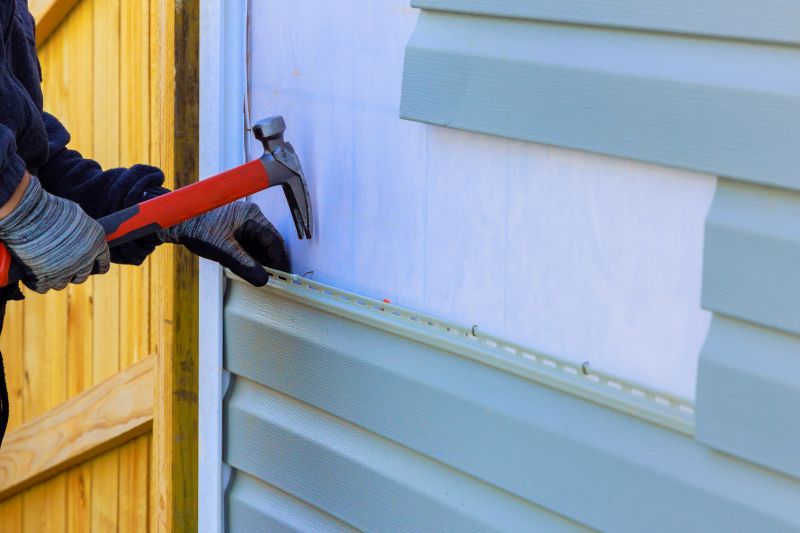
Spring's moderate weather supports efficient siding installation with minimal weather disruptions.

Fall provides ideal conditions for repairs and upgrades before winter sets in.

Summer requires scheduling during cooler parts of the day to avoid heat-related issues.

Winter is generally less suitable due to cold temperatures and potential snow delays.
Individuals interested in siding services are encouraged to contact for scheduling and consultation. Proper timing can enhance the quality and longevity of siding work, making it a worthwhile consideration for property owners in Frisco, TX.


